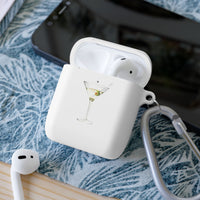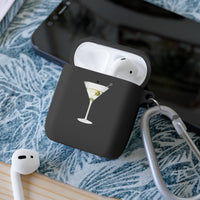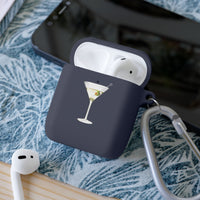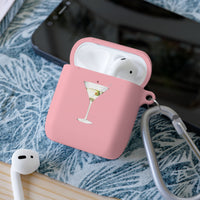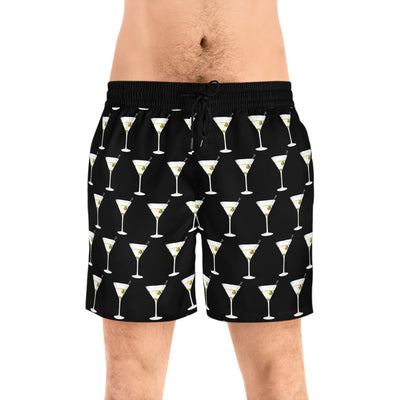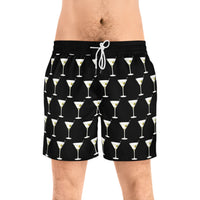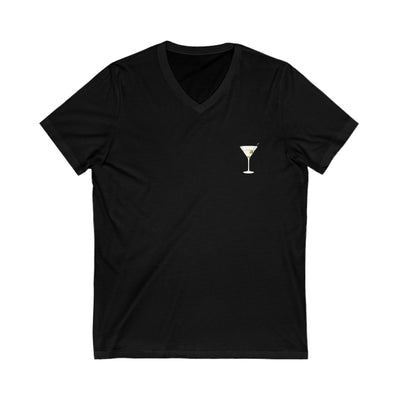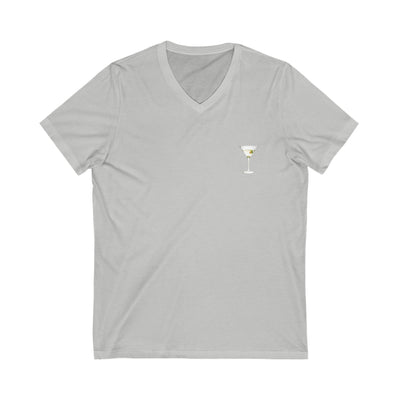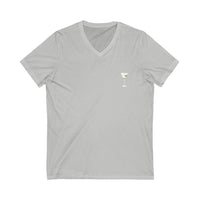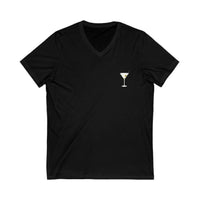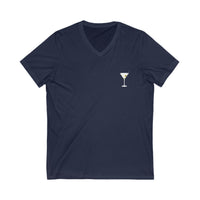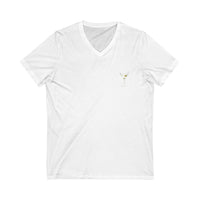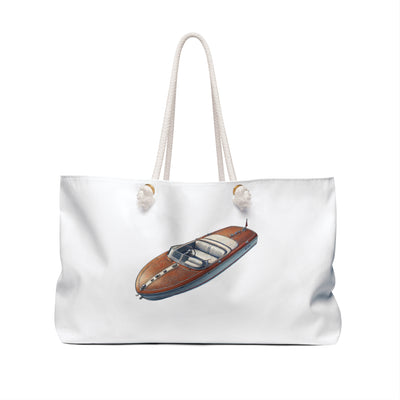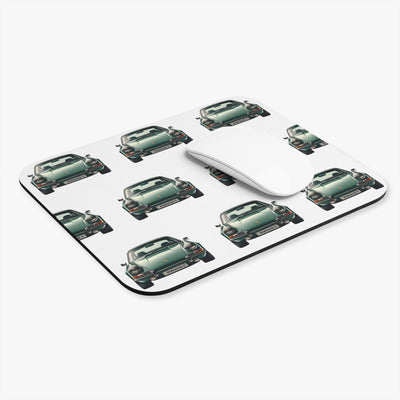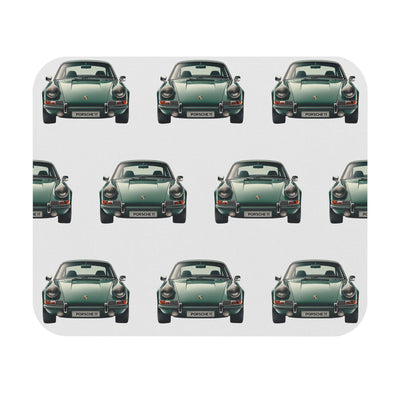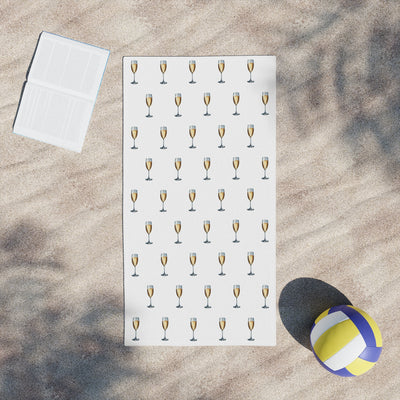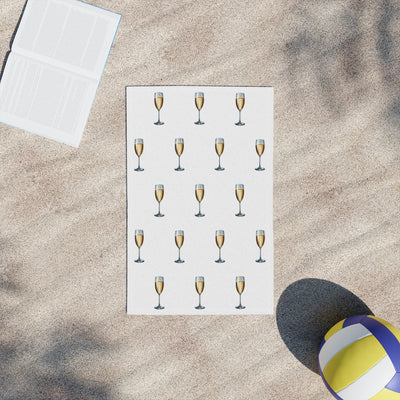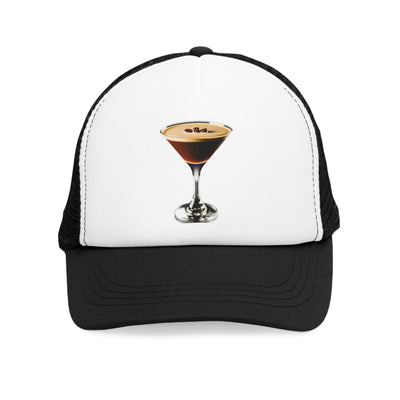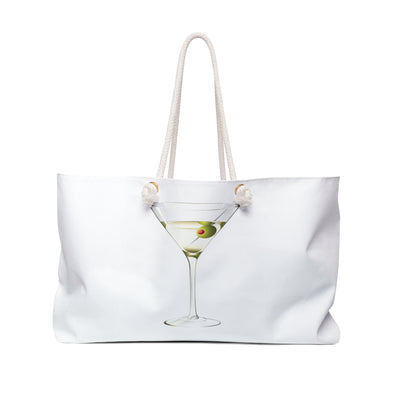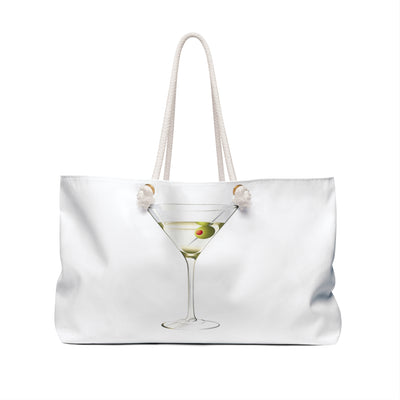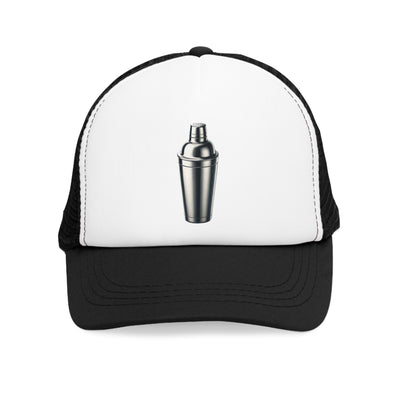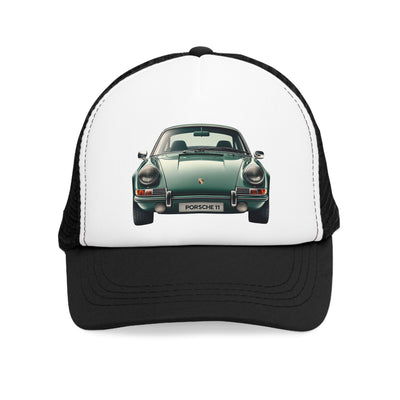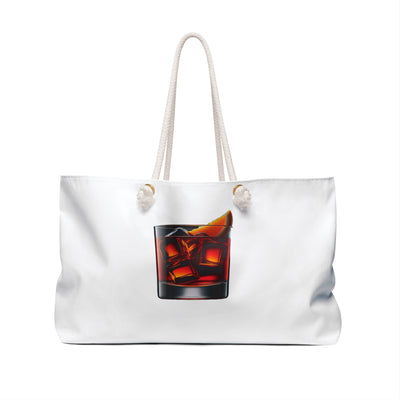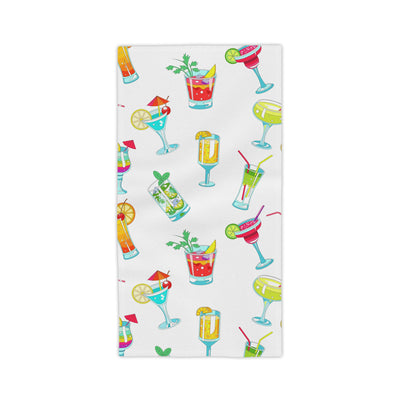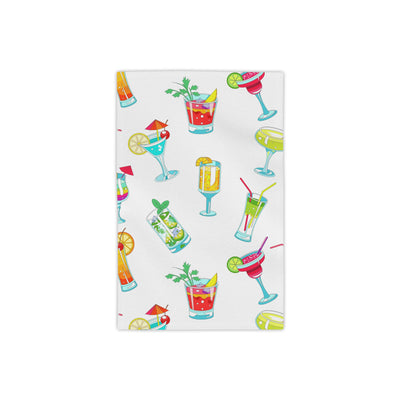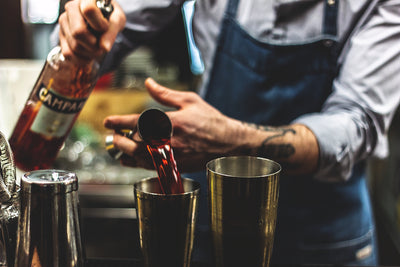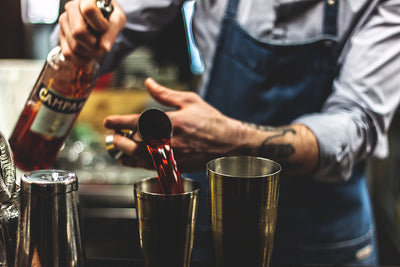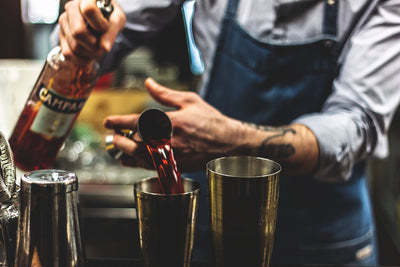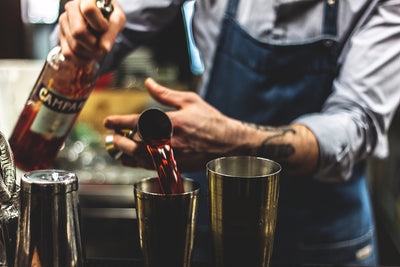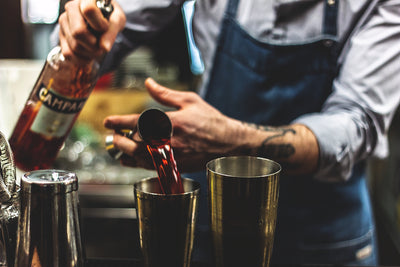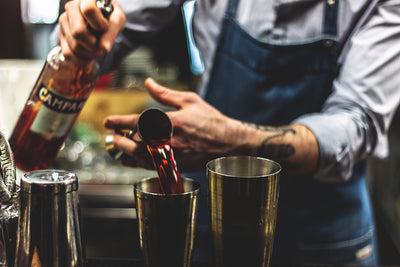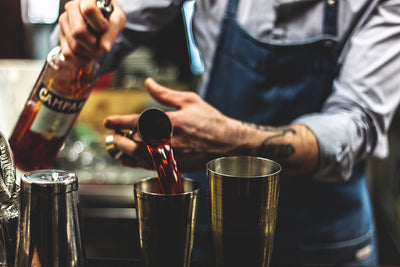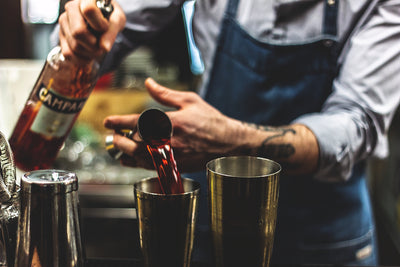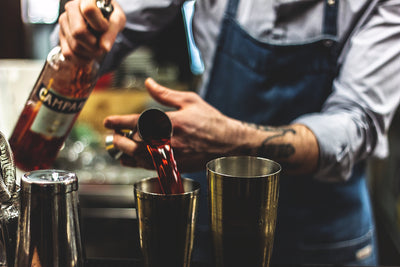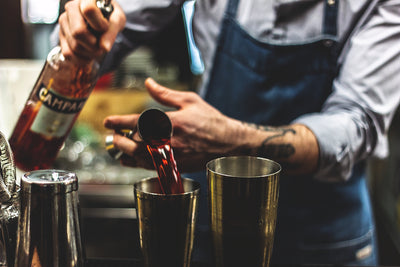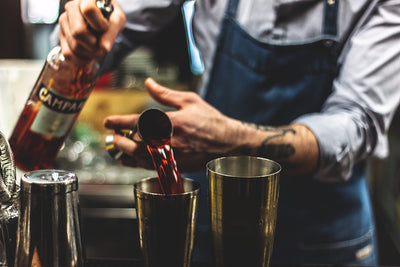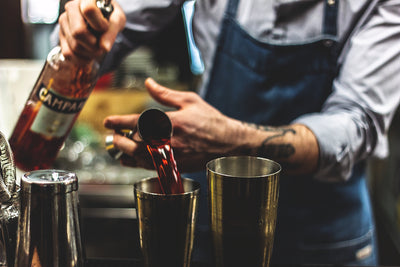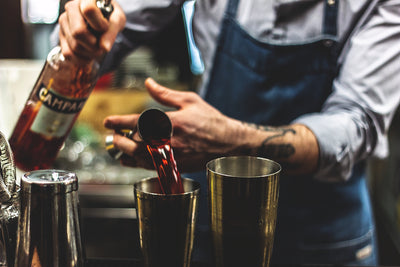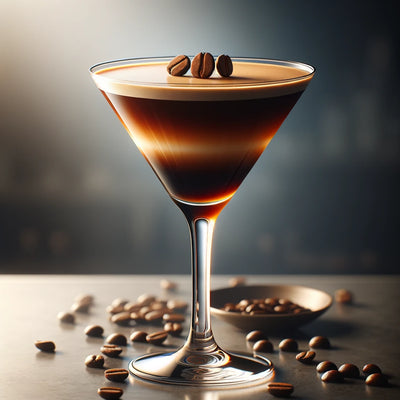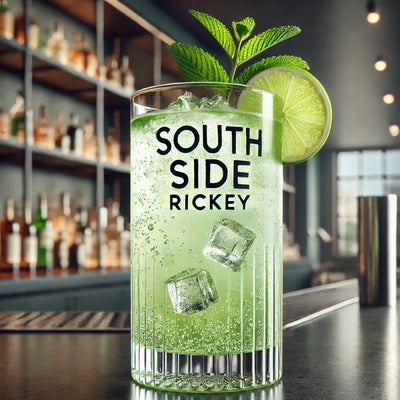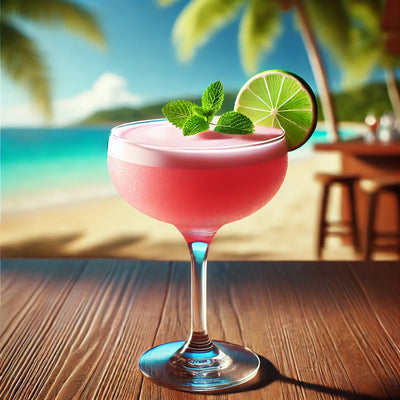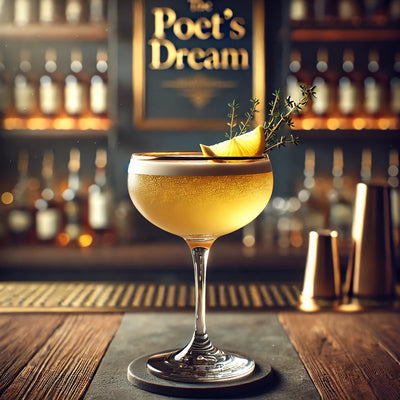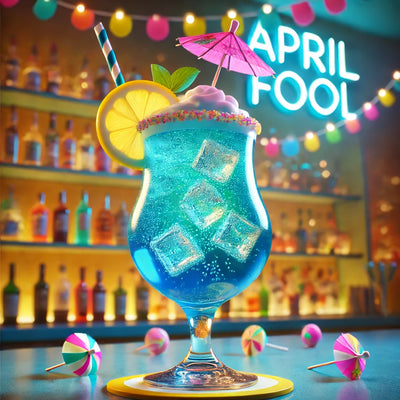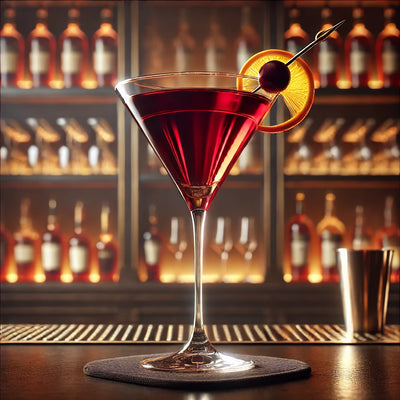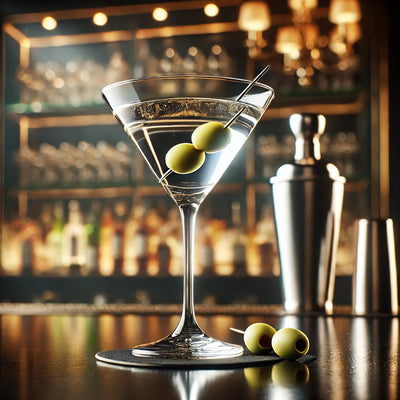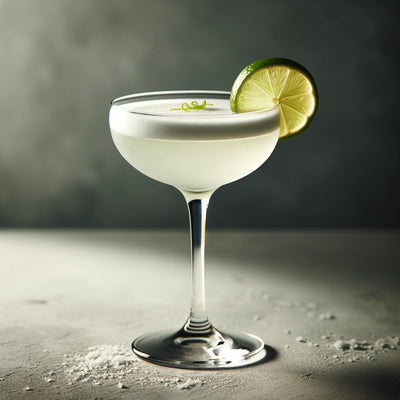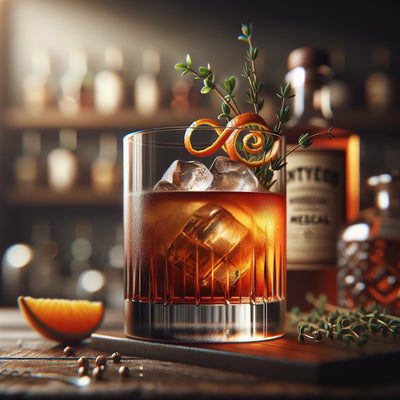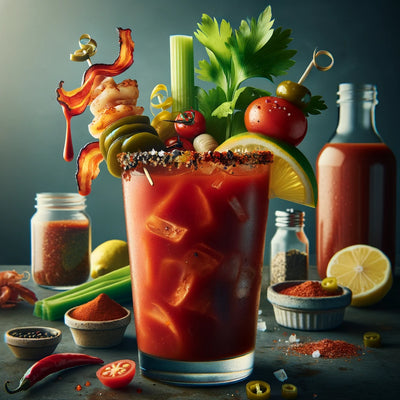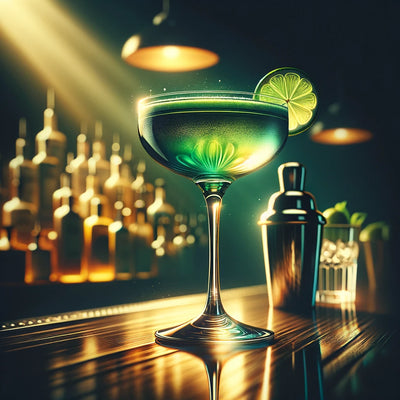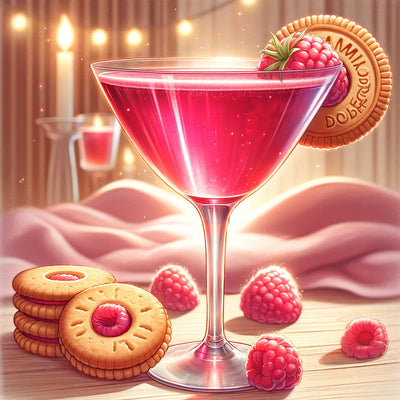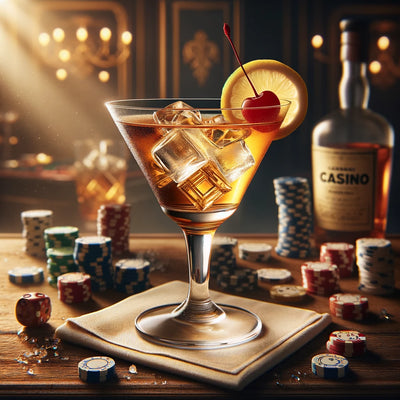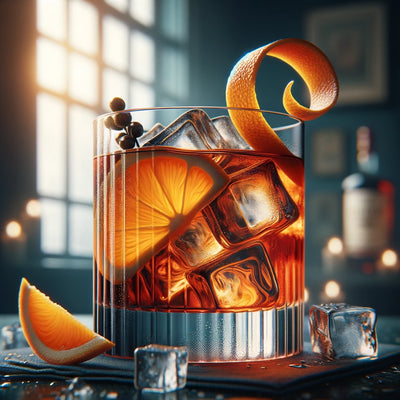Mixing Glass: What is a Mixing Glass and how is it used?
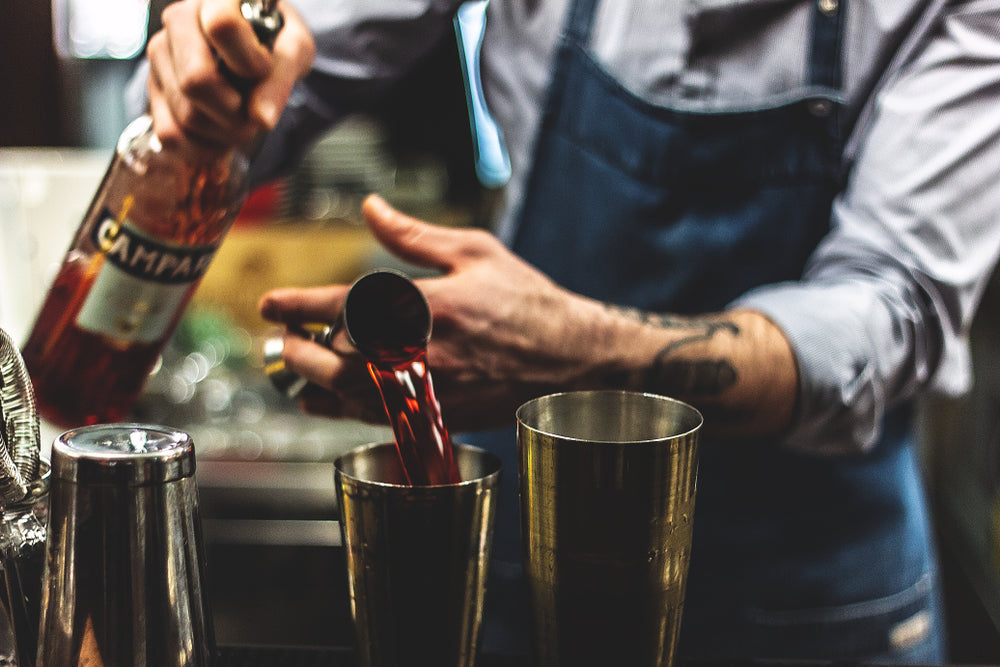
A mixing glass, also known as a cocktail mixing glass or beaker, is an essential bartending tool designed for the artful preparation of stirred cocktails.
The mixing glass role in the mixology process is pivotal, serving not just as a vessel for combining ingredients, but as a tool that contributes to the finesse and elegance of cocktail crafting. Here’s a deeper dive into the characteristics, functionality, and importance of a mixing glass in the world of bartending and mixology:
Design and Material
The quintessential mixing glass is crafted from thick, durable glass or high-quality stainless steel, ensuring longevity and resistance to the rigors of frequent use. The choice of material and the glass's substantial construction provide a solid foundation for the mixing process, with a weighted base to guarantee stability on the bar counter. Some mixing glasses elevate the visual experience of cocktail preparation through intricate designs, such as etched or cut patterns, marrying functionality with aesthetic appeal.
Size and Shape
Typically, mixing glasses boast a generous capacity, ranging from 16 to 24 ounces, accommodating the volume of cocktails along with ample ice for chilling. The preferred shape for these glasses is straight-sided or gently tapered, facilitating a smooth and efficient stirring action. This design ensures that ingredients are mixed thoroughly without excessive dilution or aeration, preserving the integrity and clarity of the final cocktail.
Application in Cocktail Preparation
Mixing glasses are indispensable for cocktails that benefit from a stirred, not shaken, method of preparation. Stirring is a gentle technique that combines ingredients smoothly, maintaining the clarity and nuanced flavors of the drink while imparting a velvety texture. Classic cocktails such as Martinis, Manhattans, and Negronis achieve their signature elegance and balance through careful stirring in a mixing glass.
Stirring Technique and Straining
In conjunction with a mixing glass, a bar spoon is utilized for its long handle and slender profile, allowing the bartender to stir with precision and grace. The goal is to chill and dilute the cocktail to perfection, achieving a harmonious balance of flavors. Following the stirring process, the cocktail is typically strained into its serving glass using a separate bar strainer, such as a Hawthorne or Julep strainer, as mixing glasses do not incorporate built-in strainers.
Aesthetic and Functional Significance
Beyond its practical application, the mixing glass holds aesthetic value, particularly in cocktail bars where the visual aspect of drink preparation is part of the allure. High-end mixing glasses often feature decorative elements that enhance the overall presentation and appeal of the cocktail-making process. For bartenders and mixologists, a beautifully designed mixing glass is not just a tool but a statement piece that reflects their commitment to the craft.
In essence, the mixing glass is more than just a container; it is a cornerstone of traditional cocktail preparation, embodying the precision, skill, and artistry that define the world of mixology. Whether for professional bartenders or enthusiastic home mixologists, investing in a high-quality mixing glass is a step toward mastering the art of stirred cocktails, where every detail, from temperature to texture, is meticulously controlled for the ultimate drinking experience.


